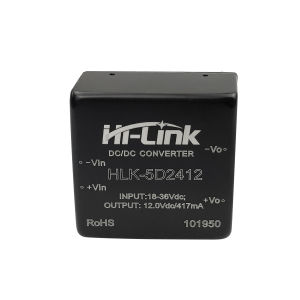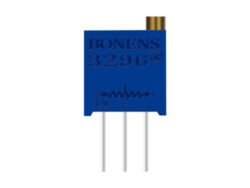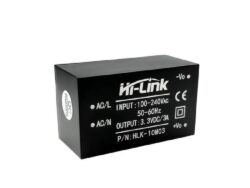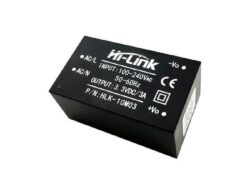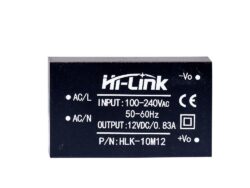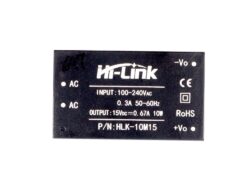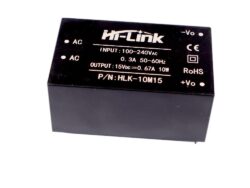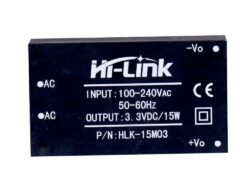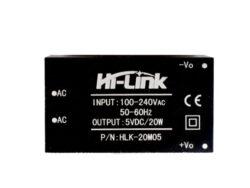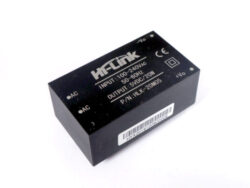HLK 5D2412 Energy Provide Module
HLK 5D2412 Switch Power Supply Regulated DC to Dc Converter Module
5W DC/DC series output power is 5W, 2:1 wide voltage input range, efficiency up to 84%, 1500VDC conventional isolation voltage, allowable operating temperature -40°C to +85°C, with output overvoltage, overcurrent, short circuit Protection functions are widely used in medical, industrial control, power, instrumentation, communications, railway and other fields.
Specifications:
- Hi-link part number: HLK-5D2412
- Morsun part number: HDD5-24S12A3
- Power: 5W
- Package size: 25.4*25.4*11 mm
- Input voltage range: 18~36 Vdc
- Output voltage form: Single voltage regulator
- Isolation voltage: 1500Vdc
16
People watching this product now!
Description
HLK 5D2412 Energy Provide Module
HI-Hyperlink DC DC Converter HLK-5D2412 24V to 12V 417mA 5W Conversion Price 84% Typ 100ms Quick Begin Remoted Energy Provide Module. It has Extremely wide selection enter (2: 1), output 5W. Its Conversion effectivity 84% (Typ)
Extremely-low standby energy consumption: 0.3W (typical worth), Adopting high-quality environmentally-friendly waterproof and thermally conductive adhesive potting, moisture-proof, vibration-proof, meet the waterproof and dustproof IP65 commonplace and is Extensively utilized in medical, industrial management, electrical energy , instrumentation, communication, railway and different fields.
Sensible digital converters use switching strategies. Switched-mode DC-to-DC converters convert one DC voltage degree to a special , which will be greater or decrease, by storing the enter vitality quickly then releasing that vitality to the output at a special voltage. The storage may be in both magnetic flux storage elements (inductors, transformers) or area storage elements (capacitors). This conversion methodology can improve or lower voltage. Switching conversion is often extra power-efficient (typical effectivity is 75% to 98%) than linear voltage regulation, which dissipates undesirable energy as warmth. Quick semiconductor unit rise and fall instances are required for effectivity; nevertheless, these quick transitions mix with format parasitic results to type circuit design difficult.[5] the higher effectivity of a switched-mode converter reduces the heatsinking wanted, and will increase battery endurance of transportable gear. Effectivity has improved for the reason that late Eighties because of the utilization of energy FETs, that are prepared to change extra effectively with decrease switching losses at greater frequencies than energy bipolar transistors, and use much less advanced drive circuitry. One other essential enchancment in DC-DC converters is changing the flywheel diode by synchronous rectification[6] using an influence FET, whose “on resistance” is way decrease, lowering switching losses. Earlier than the broad availability of energy semiconductors, low-power DC-to-DC synchronous converters consisted of an electro-mechanical vibrator adopted by a voltage transformer feeding a tube or semiconductor rectifier, or synchronous rectifier contacts on the vibrator.


